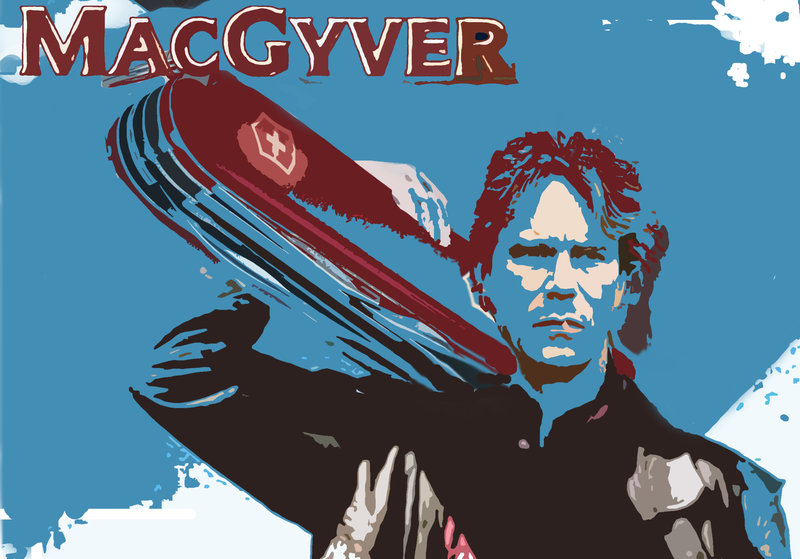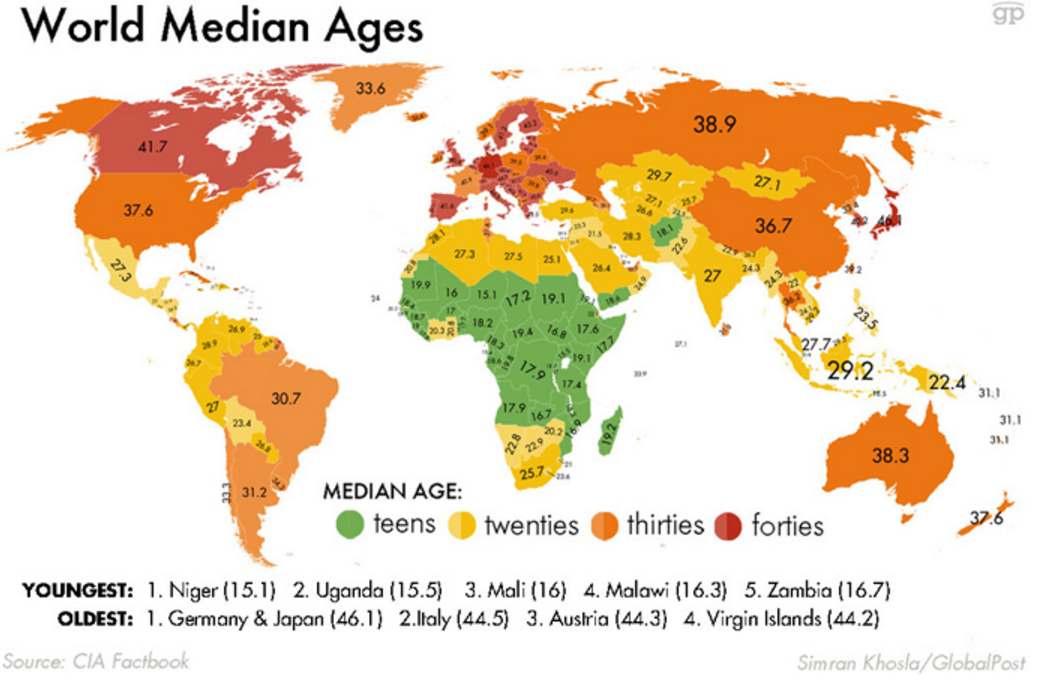Em "A alternativa", um postal de maio de 2016, e em "A ascensão do artesão e da arte na produção, um postal de Abril de 2017, voltei à arte como a alternativa para fugir às estratégias cancerosas que nunca serão sustentáveis num país pequeno e pouco habituado a rigor e planeamento.
Como diria MacGyver:
That's our edge!
É afinal o twist na estória de David vs Golias, enquanto Saúl pensava que o puto David ia combater de igual para igual, David tira um seixo branco de um saco só com seixos pretos (parte I e parte II).
Ontem, apanhei este texto de Esko Kilpi, "Art, entrepreneurship and the future of work":
"Art creates suggestions for fresh ways of defining the world we live in.
...
Artists are like entrepreneurs, and entrepreneurs are like artists. They turn nothings into somethings. Thus, artists give a form to ideas that for some other people might be nothing more than vague notions or emotional impulses. But it is often not easy.
...
Fostering creativity is a genuine goal for all in the post-industrial society. A creative economy needs individuals with the freedom, courage and capacity to think, learn and live imaginatively. We need people who can conceive ideas and who can realize them. Maybe all schools in the future are going to be art schools and all offices creative studios.[Moi ici: Mas não com a Nomenklatura que por lá anda agora]
.
But we must redefine art. Art today often stands apart from everyday life. It is a pastime and an indulgence, admired in a gallery, museum or a concert hall from a contemplative distance.
.
In the future art are not only objects we contemplate, but also experiences we possess and create."[Moi ici: Relacionar com o tema dos artesãos, dos nichos e Mongo]

















